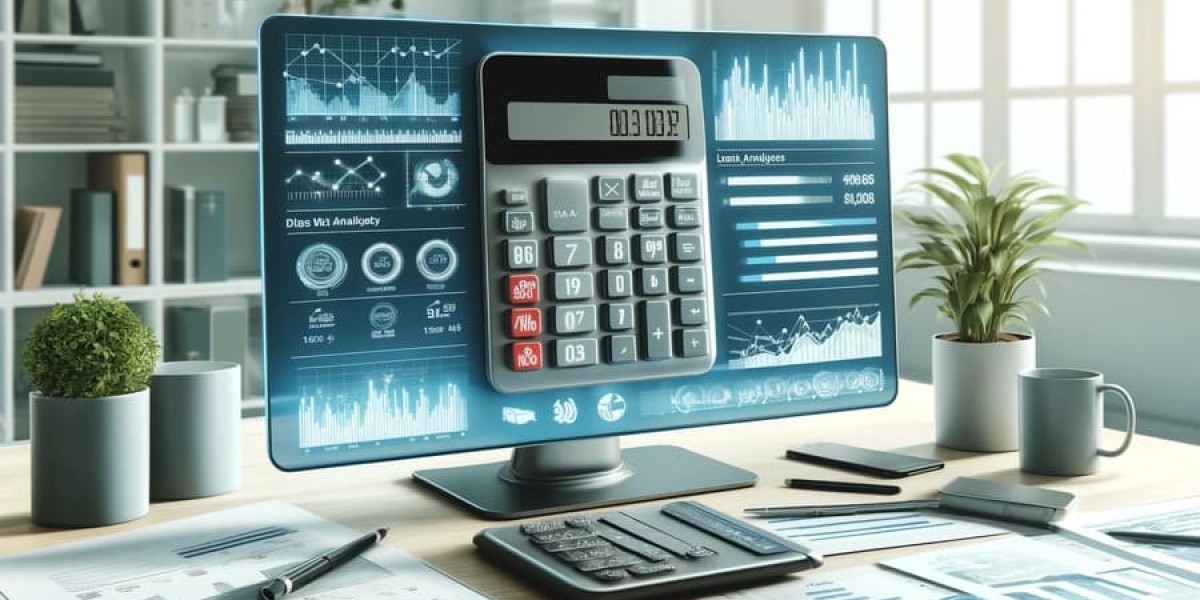Navigating the Future with 3D Mapping & 3D Modelling: Applications, Innovations, and Market Growth
In today’s digital age, the lines between the physical and virtual worlds are becoming increasingly blurred. One of the most transformative technologies accelerating this convergence is 3D Mapping and 3D Modelling. From urban planning and gaming to autonomous vehicles and healthcare, the potential of these technologies to reshape industries is immense and continually expanding.
What is 3D Mapping & 3D Modelling?
3D Mapping refers to the process of creating a three-dimensional representation of a physical environment using data collected from various sources such as LiDAR, photogrammetry, drones, or satellite imagery. 3D Modelling, on the other hand, involves the creation of a digital three-dimensional object or shape, typically using software tools like Blender, SketchUp, AutoCAD, or 3ds Max.
Together, these technologies allow for the visualization, simulation, and manipulation of environments and objects with extraordinary accuracy and detail.
Market Outlook and Growth Trends
The global 3D Mapping and 3D Modelling market is witnessing significant growth. In 2023, the market was valued at approximately USD 6.2 billion and is projected to reach USD 18.4 billion by 2032, growing at a CAGR of 12.8% over the forecast period (2024–2032).
Key Drivers:
Advancements in sensor technology (e.g., LiDAR and SLAM)
Increased adoption in smart city planning
Rising demand in autonomous navigation systems
Expansion in gaming and AR/VR experiences
Improved precision in construction and architecture workflows
Major Applications Across Industries
Urban Planning & Smart Cities
City planners use 3D mapping to simulate infrastructure development, optimize traffic flow, and visualize zoning impacts before any ground is broken.Construction & Architecture
BIM (Building Information Modelling) integrated with 3D modelling offers improved project visualization, reducing errors and costs in construction.Autonomous Vehicles
Self-driving cars rely on real-time 3D mapping to understand surroundings, detect objects, and navigate roads safely.Healthcare & Medical Imaging
Surgeons utilize 3D models for pre-operative planning, simulations, and training. 3D mapping is also vital in medical imaging for diagnostics.Entertainment, Gaming & AR/VR
Rich and immersive virtual worlds are built using high-precision 3D models and real-world mapping data.Geospatial & Environmental Monitoring
Governments and researchers use 3D maps to monitor climate changes, manage disaster response, and analyze topographical features.
Emerging Technologies Fueling Innovation
AI & Machine Learning are being used to automate the 3D reconstruction process from images or videos.
Drone Technology is enabling cost-effective and rapid data collection for large or inaccessible areas.
Cloud-based 3D Platforms allow for real-time collaboration and scalable storage of high-resolution 3D assets.
AR/VR Integration enhances user interaction with 3D models, pushing boundaries in training, education, and virtual prototyping.
Challenges & Considerations
While the growth trajectory is impressive, the sector faces several challenges:
High costs of hardware and software
Data privacy and security issues when mapping public/private spaces
Need for standardization across platforms and formats
Steep learning curve for new users and professionals
Read More
| Industrial & Commercial Led Market |
| Automatic Checkweigher Market |
| Bit Error Rate Tester Market |
| Computer Microchip Market |
| Data Center Generator Market |







